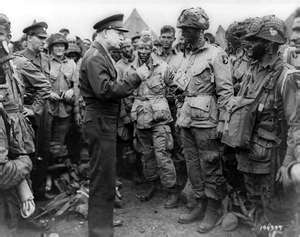My network view of knowledge is simple: entities (broadly defined as well, anything: people, a chemical substance, information, etc) have attributes. When entities are connected to other entities, different attributes will be activated based on the structure of those connections and the nature of other entities that are being connected. This fluidity of attribute activation appears to be subjective, but in reality, is the contextual activation of the attributes of entities based on how they are related to other entities. Knowledge then is literally the connections that occur between entities. [http://www.connectivism.ca/?p=329]
in my drawing: E n (an) : Entity has attributes.
aa n: activated attributes.
1. Could we know all attributes of Entities?
2. Could we know which attributes will be activated?
3. Could we know the structure of the connections, and how this structure influences the activation of attributes?
4. If E 1 is connected to E 2 and to E 3 lots of attributes do get activated. Can we know how the activated attributes influence Entities, structure of connections, other Attributes?
Can we know all attributes?
If Entity is a person, I do not know all attributes that influence learning. (health, drug use, personal history, earlier learning, motivation). I cannot know all attributes that do influence learning, and I cannot know how all these attributes do influence learning.
If Entity is information, attributes are name, value, authority of source, source, quality, minimum and maximum values, reliability, etc.
I cannot know all attributes because every attribute of Entity information is another Entityinformation
Information seems to be an infinite set.
Can we describe the knowledge network of a person or of a group?
Some networks have boundaries. the network of cells in a human body has boundaries. But do networks of knowledge have boundaries? Or maybe a better question, can we know the boundaries of the network of knowledge of a person or a group? Could we describe and make an inventory of all the knowledge and attributes and connections in a given network?
Could we make a difference between a network of knowledge and a rhizome in this regard? “…Rhizomatic learning is about embracing uncertainty. That’s the goal. Getting to the point in oneself, or helping someone else to get to the point where they are able to confront a particular system, challenge, situation whatever not knowing the answer and feeling like they can decide about it. I try to thinking of teaching, then, as mimicking the process of being confronted with uncertain situations, that develop the literacies required to deal with uncertainty…” [Dave Cormier]
Structure of connections in a learning knowledge network
Structure of connections could be: direction, one-way, two or more directions, capacity of connection, nature of connection, selectivity of connection, conscious or unconscious connection, etc.
Could I know what will be the structure of connections in a learning network?
Creativity
In a network of knowledge that is well known, mapped, described, creativity would be difficult, because creativity could be “connecting in a new way”. If creativity exists, than the network has some unknown corners.
I do not know if the differences between the metaphors of a network and a rhizome are that big.
I almost forget this: metaphors are not facts, metaphors are not theories.











You must be logged in to post a comment.